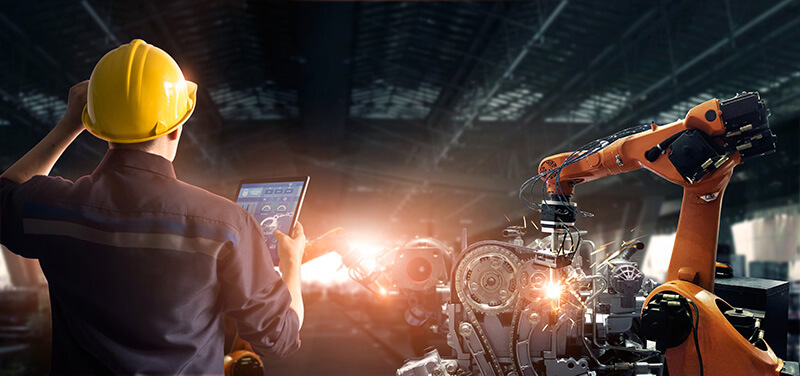A Smart Supply Chain is an Efficient One
This article first appeared in Supply & Demand Chain Executive June 2020 issue. Author: Brielle Jarkel, featuring Jeremy Hudson, Open Sky Group
Artificial Intelligence Helps Build a Smarter Supply Chain Post Pandemic
Building a smarter supply chain post pandemic with artificial intelligence is not just about filling gaps that were exposed but learning how to use technology to address the existing visibility and data quality issues. Artificial intelligence and machine learning will play a role in addressing your company’s existing issues by helping you make sense of your data.
AI’s role in building a smarter supply chain
Open Sky Group recently interviewed for an article in Supply & Demand Chain Executive around the concept of artificial intelligence and machine learning in the supply chain industry. In that article, artificial intelligence was named as “one of the most talked about facets of emerging technologies” due to its wide range of abilities, including migrating into machine learning. Machine learning can recognize specific patterns within the workplace and anticipate the decisions that will need to be made based on data. However, the supply chain industry is comprised of a network of companies that work together but may or may not use technology that is compatible with the other. Therefore, machine learning struggles to gather the data to identify the patterns to anticipate the decisions that need to be made.
While each supply chain technology company has a different opinion on how to address this issue, Open Sky Group believes that creating tools to support artificial intelligence is the answer. Jeremy Hudson, Director of Client Services for Open Sky Group says,
“The near future will see a mad grab of data elements wherever they may be. Great AI requires significant data from multiple streams. I think we’ll continue to see software companies look for opportunities to harvest and mine data to provide more advanced metrics and decision-making tools. I think that we’ll see more IoT devices assist in this effort, and ultimately contribute to better decision making throughout the supply chain. The supply chain’s biggest need now is not new solutions, it is tools to make better decisions. Many of the supply chain pain points we see are due to bad decisions and misguidance, which leads to downstream volume constraints and waste.”
The answer to building a smart supply chain is not more solutions. It’s embracing the multiple streams of data required to make artificial intelligence close the data gaps between companies and work to address your company’s existing visibility and data quality issues.
To read the full article, visit Supply & Demand Chain Executive. The website may require registration to access the full content.


















